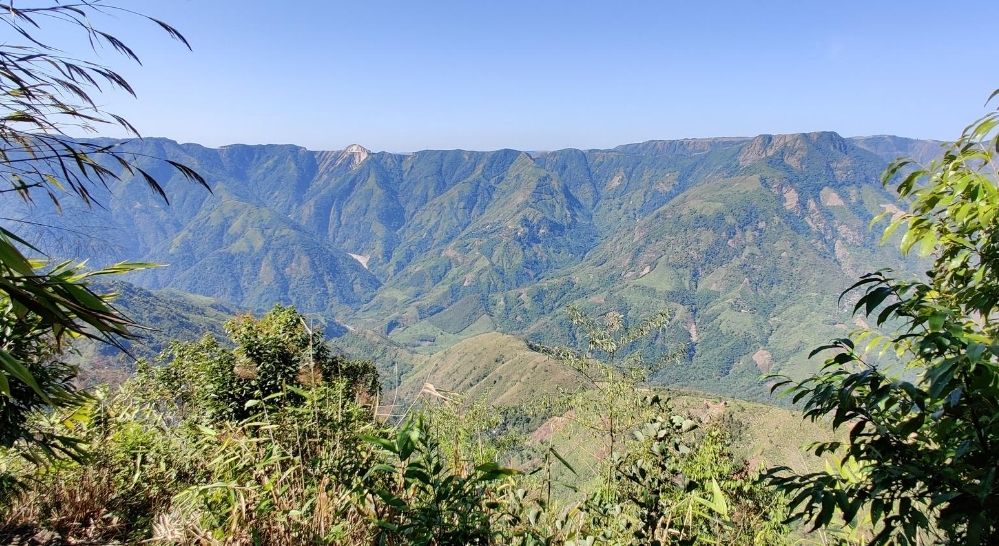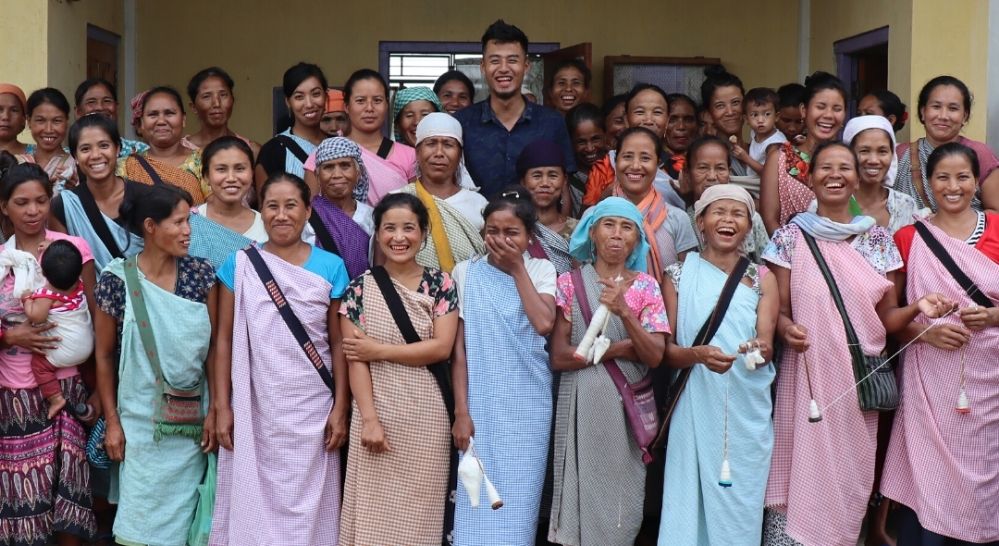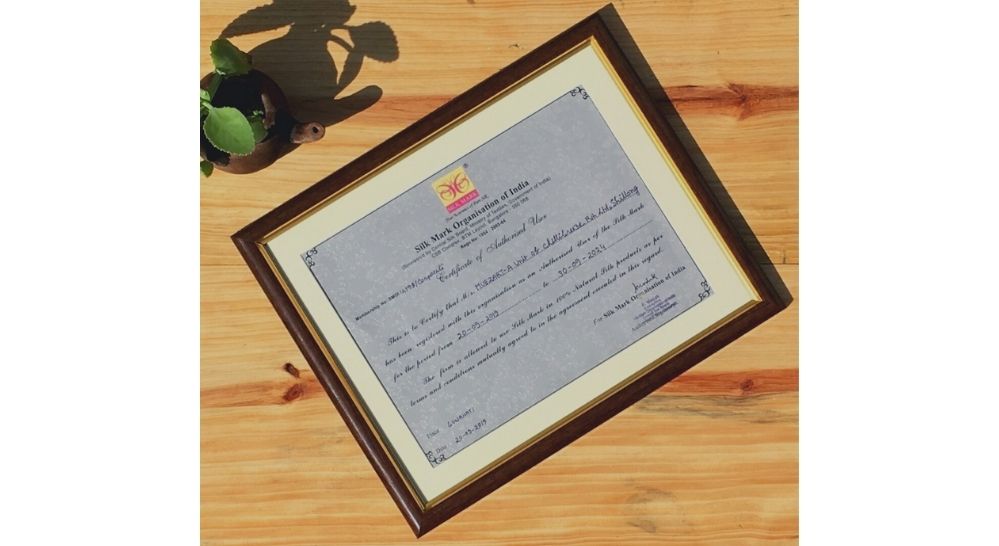8 Facts About Eri Silk
Get the facts and know what makes Muezart’s Eri silk stand apart.
-
The Best Eri Silk Comes from Meghalaya
If you want the best Eri silk cocoons in the world, you need to go to Meghalaya. Why Meghalaya? It is one of the few states of India with the perfect micro climatic condition to produce the Philosamia Ricini silkworms. So perfect we produce year-round. The temperature never rises too high, keeping the worms free from disease. When the high hills are filled with frost, we simply carry the last batch of eggs to the lower regions. Our network of silkworm rearers can’t wait for the hungry little caterpillars to hatch from the eggs.
-
The Only Cruelty Free Silk That Is Raised Naturally
The cycle from egg to cocoon takes about 40 days. When the Eri caterpillar reaches full size, she is ready to spin her cocoon. The non-violent peace story takes place when the moth evolves and breaks out of the cocoon, leaving a hole to show that a new life has entered the world. The moth will lay her eggs and the cycle will begin all over again. With other silks, like Mulberry, Muga, and Tasar, the moth is killed in order to extract the fiber. That’s why Eri silk is also called ahimsa silk.
-
Soft, Warm, and Surprisingly Different Silk
Let’s play a game of word association. I say, “silk” you may say, “silky”, “satin”, “fancy”. We bet you don’t say, “warm” or “woolly”. Why? Because you may not associate these qualities – warm and woolly – with silk, right? Eri silk fiber is different. So different that it surprises everyone. The feel of Eri silk is one of our favorite, Here’s another secret about Eri. When you weave it, or knit, your finished product will have the most appealing drape. The fall of the fabric will catch the eye of a passer-by. But we’re down-to-earth types…what we really love about this fabric is the soft, cozy comfy feel.
-
A Fiber That Fits the Circular Economy
The world of conscious buyers is looking for natural or organic. Our Eri silk takes natural to a whole new level. There is no pollution or emissions in our environmentally friendly production process. We have reached zero waste of every single Eri cocoon. The castor shrub that produces the leaves fed to our Ricini silkworms is a self-propagating perennial. The village and family production reinforce the preservation of a traditional, natural system existing in our culture for centuries. These regenerative steps, with minimum wastage of resources, makes this a model of a circular economy.
-
Slow-made and Hand-made
We believe the best is slow-made and hand-made. Raising cocoons is a slow, natural process. There’s nothing we can do to speed it up. It takes 28 days to rear the silkworm to form one cocoon. 2 days for 2 people to hand process 3 kilos of cocoons. Then there’s spinning the yarn with a hand-held spindle and natural dyeing – done by hand every step of the way.
-
Do Good – Feel Good
We are all about telling the whole story. Eri Silk from Meghalaya is a cottage industry that has come down generations. Eri silk fiber from our region has a super small ecological footprint, all within a radius of 150 kms. The way we rear, process, and produce is slow and local. The production preserves natural systems, at the same time giving room for innovation of traditional ways, which increases local competitiveness. Reinventing how Eri silk is used is opening new markets. Entrepreneurship opportunities for women are increasing because we are a “do good”, “for profit” with a sustainable model. Not an NGO.
-
Certified for Purity
There are some sneaking people out there blending a luxury fiber like Eri silk with a plant fiber like cotton. We don’t mess around. What we say is what you get! That’s why our yarn – handspun or mill spun will be tested and certified that our customers are receiving 100% pure Eri silk. Oh, and if you buy our handmade apparel, we test that too.
-
Eri Silk Is Hydrophilic and Easy to Maintain
Don’t you love it when the clothes you wear allows your skin to breathe better? All silks in general are good in this, especially Eri silk. Eri silk absorbs water better than other silks too. It is a Hydrophilic material. It does not pill (will not create small knots on the surface after use). The best part is Eri silk is very easy to maintain. Normally Mulberry silk clothes are recommended for dry cleaning, whereas Eri silk can be washed at home with a gentle detergent. It can be washed by hand or in a washing machine, using a gentle cycle. It is best squeezed dry and not wrung by hand or dried in a machine. Remember not to dry them in the sun – this tends to pale the color.






Interested in Eri silkworm raising. how can we acquire ?
Leave a comment